With a record 36 billion tons of carbon dioxide (CO2) emissions produced globally in 2021, the world has no choice but to take action on climate change. Policy reports from the UN’s Intergovernmental Panel on Climate Change (IPCC) make it clear that reducing carbon pollution is essential in mitigating the devastating impacts of a 1.5°C increase in the Earth’s temperature. The global technology industry needs to take its share of responsibility. The sector produced between two and three percent of the world’s carbon emissions in 2021, according to the UN’s Environment Programme — comparable with global aviation. Tech giants, such as Google and Meta, are already starting to commit significant financial resources towards carbon removal — pledging $925m to zero out emissions as part of a wider industry collaboration. Despite this, the industry is still reliant on carbon-intensive supply chains, with enterprises located in countries reliant on fossil fuels. Further reports suggest that their lobbying influence is not significantly being used for climate action. The tech industry has a major role to play in leading the world toward carbon neutrality, but its major players dominate the market and ultimately influence the sector’s green ambitions. While Net Zero pledges to guide a business’s long-term sustainability strategy, are major tech companies living up to their reputation when it comes to carbon emissions? In order to find out, ElectronicsHub analyzed environmental reports of the world’s largest technology businesses, comparing their carbon output to their competitors.
What We Did
We used publicly available ESG (Environment, Social and Governance) and CSR (Corporate Social Responsibility) reports to find the total direct and indirect carbon emissions figures for 100 of the largest technology companies, ranking them from highest to lowest polluting within the industry.
Key Findings
Samsung Produces More CO2 Than Any Other Tech Company
So who has the largest carbon footprint in the technology industry? Statista estimates that there are more than 6.5 billion smartphones in circulation around the world and at least 1.2 billion tablet devices. While you may not think of everyday tech as being harmful to the environment, devices are produced through complex supply chains that indirectly make the industry’s largest organizations culpable for millions of tons of carbon pollution. Click here to see the image in full size Our research reveals that Samsung (the 27th largest global business by market cap) produces more emissions than any other tech company, with 20.1 million metric tons of CO₂e generated in 2021. According to the EPA, this is equivalent to the output of 4.3 million cars on the road each year. Samsung has committed to a net-zero strategy by 2050, pledging to spend more than $5 billion to decarbonize their consumer electronics operation.
Taiwan Semiconductor Manufacturing Company Emits Most Per Employee
According to Statista, 53.2 million people were working in technology globally in 2019, and Deloitte noted that the sector in the U.S. has been growing at an average annual rate of 2.2% since 2001. The industry attracts a wide range of talent, from product designers to software engineers. It still continues to recruit intensively, with the Bureau of Labor Statistics reporting a 175,000 increase in tech jobs during 2022. Click here to see the image in full size When it comes to emissions per employee, however, the Taiwan Semiconductor Company (TSMC) produces the most, with 209.4 metric tons of CO₂e produced for each of their 65,000+ employees. Boston Consulting Group analysis shows that 92% of the world’s semiconductor production takes place in Taiwan, with TSMC being the largest of the island’s manufacturers. TSMC, the world’s third-largest chip manufacturer, has started to move operations to Japan and the U.S. in a bid to reduce emissions, with 81% of Taiwan’s energy produced using fossil fuels and TSMC themselves responsible for 6% of the country’s power consumption. According to Bloomberg data, TSMC is a larger polluter than automotive giant General Motors.
Semiconductor Firms Produce High Carbon Levels Compared to Revenue
While TSMC is the industry’s largest CO2 producer for their size, they are far from the only semiconductor business with a notable carbon footprint. The process is energy intensive and requires a melting process of raw silicon, which takes place in furnaces that heat up to 2000°F. It has been a challenge for semiconductor firms to balance production and increased demand for products against their decarbonization commitments, and this has been exacerbated by a global semiconductor chip shortage. While it is imperative for companies to reduce their power consumption, renewable power remains in short supply in Asia, where the current production base is located. Click here to see the image in full size Because of this, our research shows that all of the tech industry’s largest polluters by revenue are semiconductor manufacturers. Ranked 483rd in the Fortune 500, Phoenix-based onsemi produces 405.5 metric tons of CO2e for every $1m in revenue they earn. The company, which supplies semiconductors for a range of carbon-intensive industries, including automotive and aerospace, committed to net zero by 2040. Click here to see the image in full size
Why Big Tech Needs to Control its Environmental Impact
The profound threat the climate crisis poses for our world speaks for itself. 2022 was the fourth-warmest year on record, despite La Niña conditions cooling temperatures in the tropical Pacific. The technology industry has a vital role to play in ensuring carbon pollution is brought under control and meeting the climate framework of the 2015 Paris Agreement. While the world’s major companies strive to meet their long-term decarbonization goals, the unmatched demand for up-to-date consumer technology, combined with a global semiconductor shortage, makes hitting emission targets a challenge. Our full dataset, including the 2021 emissions totals for each of the 100 largest tech companies, can be found below. While the technology sector may not be thought of as an industry with high pollution levels, its indirect climate impact through complex supply chains and energy consumption puts it on par with the aviation industry. The ‘Big Five’ companies consume as much electricity as the population of New Zealand. Despite companies like Google investing billions of dollars into sustainability departments within their organizations and initiatives to combat climate change, big tech undermines the world’s climate crisis resolution in a multitude of ways, from disinformation campaigns spread through Facebook to energy-intensive data centers in places like Ireland. However, the sector purchased record quantities of green energy in 2021, and it can do more for sustainability. Major tech companies have cutting-edge data and digital capabilities to innovate within the clean energy space, helping production become more widespread and efficient.
Methodology & Sources
We pulled the top 100 tech companies ranked by market cap using companiesmarketcap.com. We also collected their employee count and revenue in USD. Then, using companies’ ESG (Environment, Social and Governance) and CSR (Corporate Social Responsibility) reports found on their websites, we collected data on the amount of carbon emissions they produced in 2021. These have been split into scopes: direct emissions (scope one), indirect emissions from energy use (scope two) and indirect value chain emissions (scope three). As not all companies have disclosed or amounted to their scope three emissions, we have added scopes one and two together to get a total amount of carbon emissions. For scope two, we have used the location-based value rather than market-based when possible. If only one number is given and needs to be clarified, whether market-based or location-based, this is the number used. When unable to find any data on company websites, we used cdp.net to find the company’s response form. When data couldn’t be found for a company, we added another from the market cap list to make it to 100. There were nine companies which we couldn’t find any data for. These were Snowflake, Coupgang, CrowdStrike, Constellation Software, Veeva Systems, Wolters Kluwer, The Trade Desk, MobilEye and Paycom. Some companies, such as Pinduoduo, CoStar Group and Datadog, don’t share their emissions data publicly. We then ranked these companies from the most metric tons of carbon emissions to the least. All rankings, revenue and employee data are correct as of November 2022. Comment * Name * Email * Website
Δ



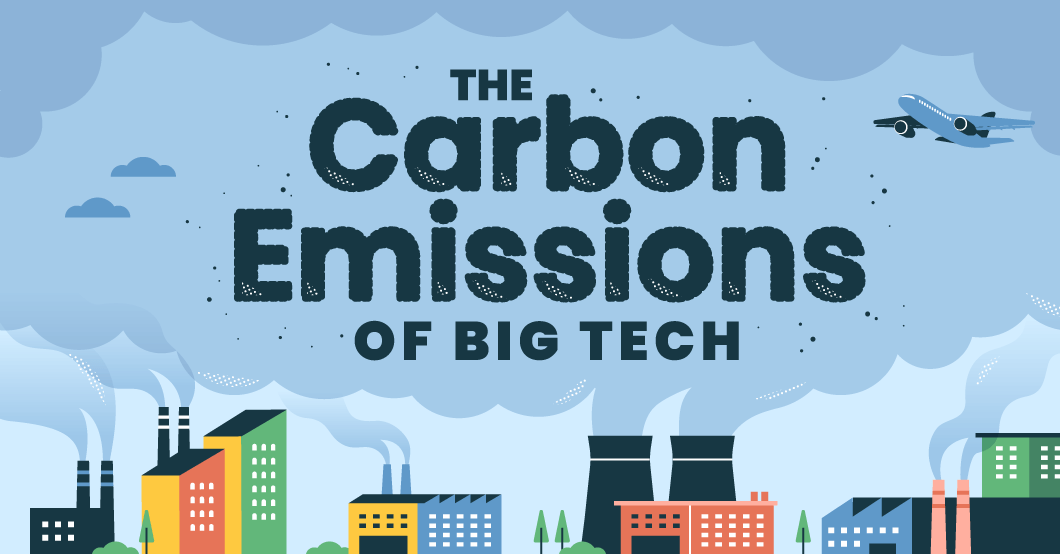
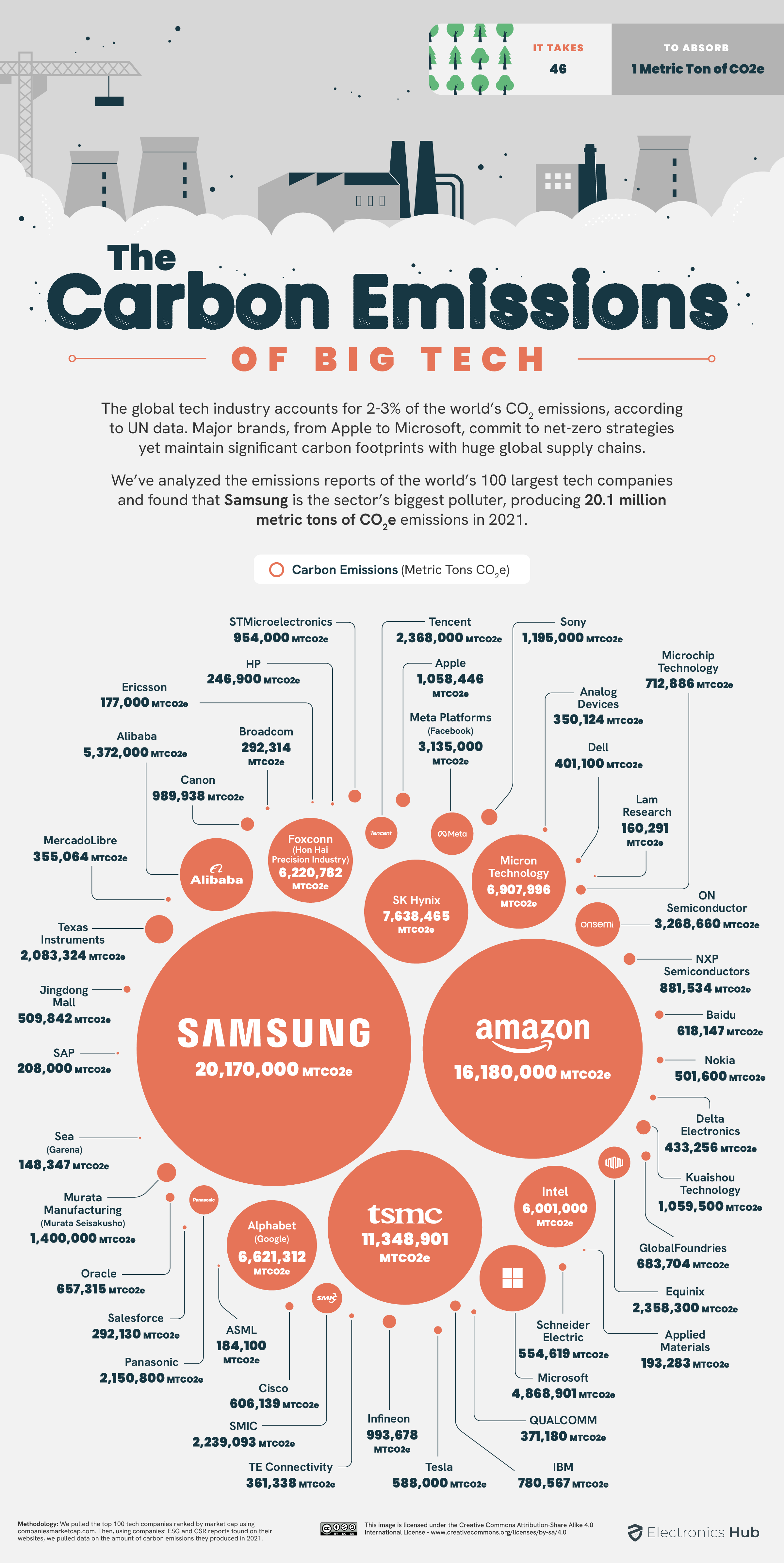
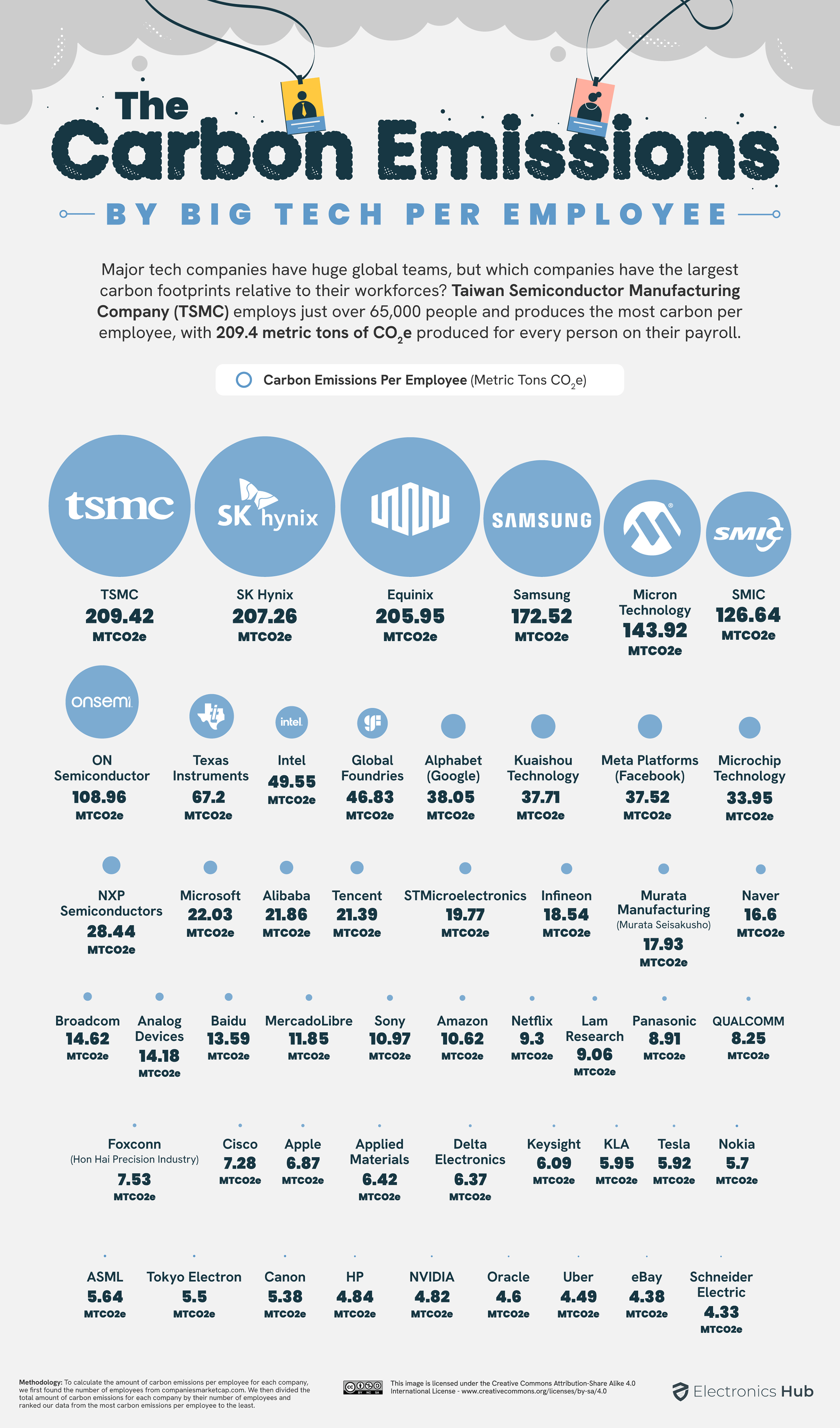
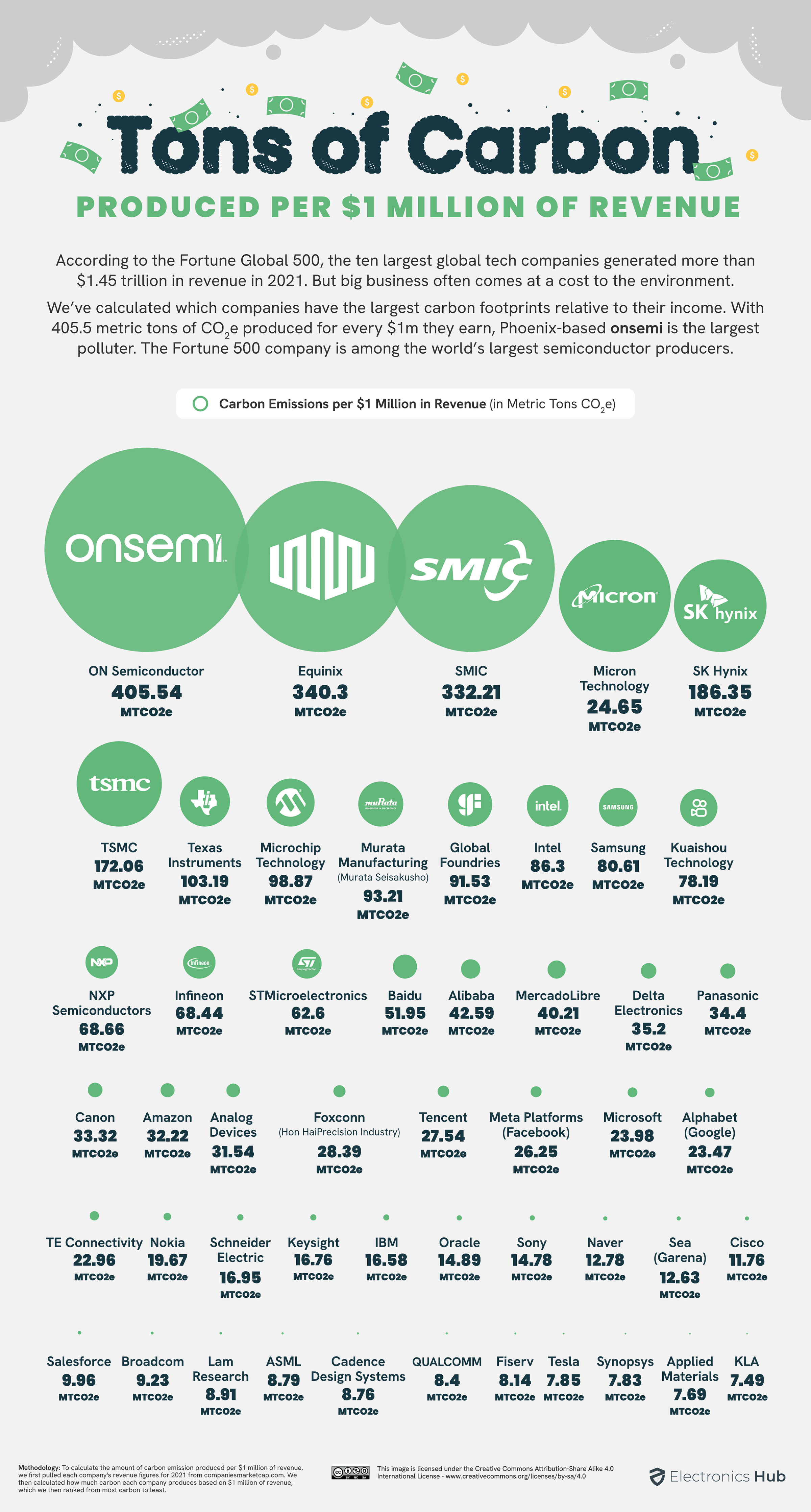
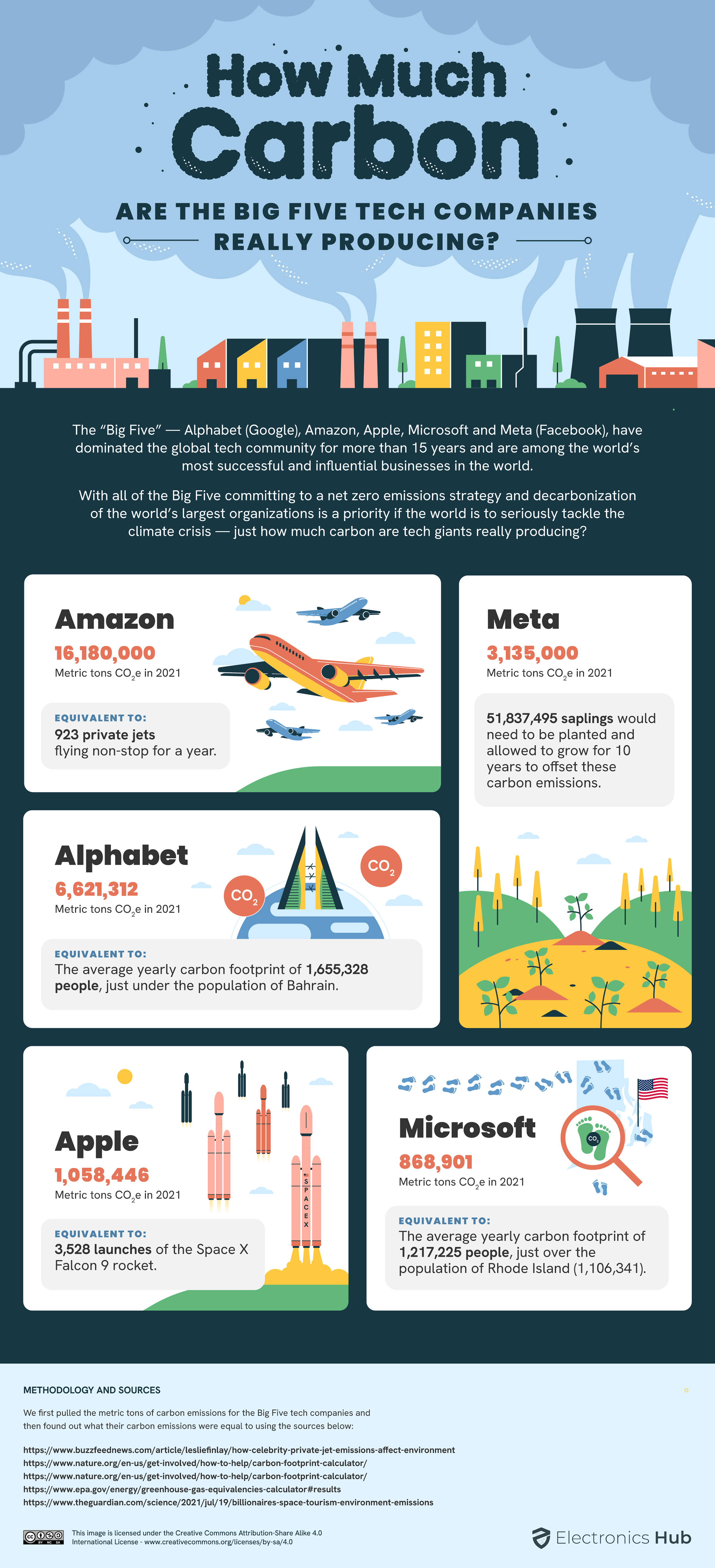


![]()